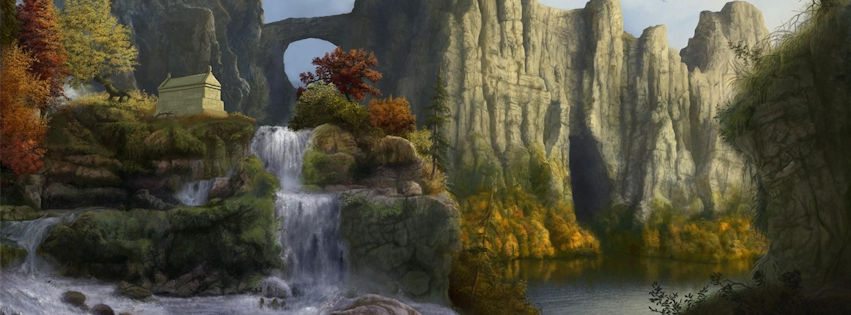Hallow's End
Hallow's End: A Worldwide Festival Celebrating the Thin Veil Between Realms
Hallow's End is a festival celebrated across many cultures and regions of the world, marking the end of the Tenth Month of the year, when the veil between the Material Plane and the Shadow Realm, as well as the Material Plane and the Ethereal Plane, is believed to be the thinnest. The festival is a unique blend of reverence for ancestors and the dead, as well as fear of the otherworldly entities that may cross over into the Material Plane during this time.Origins and History of Hallow's End
The origins of Hallow's End are lost in the mists of time, with various cultures laying claim to its inception. However, it is generally agreed that the festival began as a way to celebrate and honor ancestors and departed loved ones. It also served as a way to protect the living from malevolent spirits that might cross over from the otherworldly realms.As the festival evolved, it became a time to celebrate the supernatural, including ghosts, specters, and other monsters. People dressed up in costumes and went door-to-door, collecting treats and playing pranks on their neighbors. In some regions, there were traditional activities, such as carving jack-o'-lanterns, telling scary stories, and hosting masquerade balls.
Over time, Hallow's End took on additional meanings and practices. For some, it became a time to ask for blessings from ancestors and to seek guidance for the coming year. In others, it became an opportunity to make offerings to appease malevolent spirits and protect against curses and ill fortune. In some regions, there are also traditional games and competitions, such as pumpkin carving contests, ghost stories competitions, and even monster hunting expeditions.
The Dark Lady and Dergati's Ride
One of the most feared aspects of Hallow's End is the legend of Dergati's Ride. Dergati is the evil goddess known as the Dark Lady, who is said to ride through the streets during the festival, hurling lightning bolts and slaying anyone who crosses her path. The legend states that Dergati will only spare those who offer her tribute or fulfill her wishes.As a result, many people perform rituals to appease Dergati during Hallow's End. Some may make offerings of food or other items, while others may perform certain actions or refrain from certain behaviors to avoid drawing the attention of the Dark Lady.
The Festival's Significance in Various Cultures
While Hallow's End is celebrated worldwide, the festival's practices and customs vary from region to region. In some cultures, such as the humans of the Empire of Therengia, the festival is primarily focused on honoring ancestors and departed loved ones. Families gather to make offerings and light candles in memory of those who have passed on.In other cultures, such as the gnolls of the Great Eastern Desert, Hallow's End is primarily a time to ward off evil spirits and curses. Gnolls may perform purification rituals, make offerings to their ancestors and totems, and conduct exorcisms to protect against malevolent entities.
In the dwarven cities of the Himhineldar Shel Mountain Range, Hallow's End is a time to honor the forge spirits and ancestors, and to make offerings to them for a successful mining season. Dwarves may carve intricate statues of the forge spirits and offer them food, drink, and precious metals.



Comments